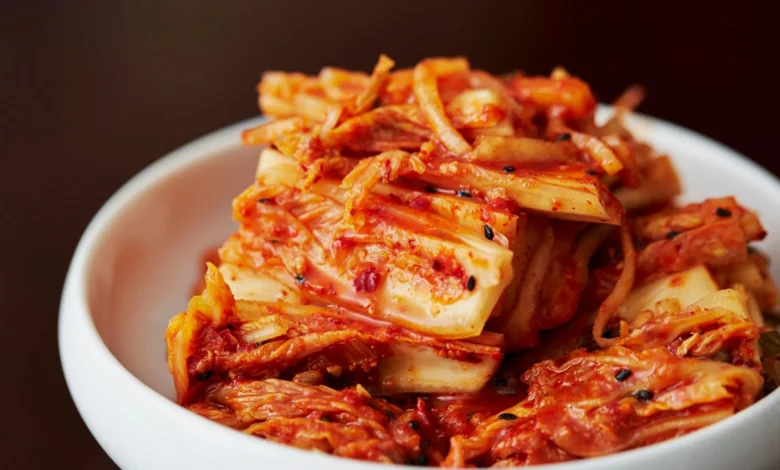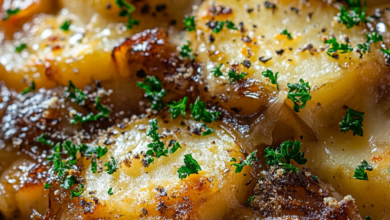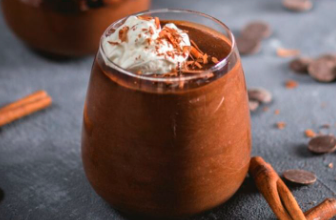How to Make Doobydobap Kimchi: A Flavorful Twist on a Korean Classic

Kimchi, a staple in Korean cuisine, is known for its bold flavors, vibrant colors, and health benefits. If you’re looking to add a unique twist to your traditional kimchi recipe, look no further than Doobydobap Kimchi. This modern take on the classic dish is inspired by the popular food blog Doobydobap, known for its fusion and creative twists on Korean recipes. In this article, we’ll walk you through the steps of making Doobydobap Kimchi, which is packed with rich, spicy flavors, and perfect for anyone craving a delicious, homemade version of kimchi.
What Is Doobydobap Kimchi?
Doobydobap Kimchi is a variation of traditional kimchi that incorporates both traditional and innovative ingredients. While it still uses napa cabbage as the base, Doobydobap Kimchi often includes added flavors and ingredients that create an even deeper, more complex taste. The recipe draws from the fusion-style cooking seen on the Doobydobap blog, blending Korean culinary traditions with modern, accessible ingredients for a unique kimchi experience.
Why Do You Need Doobydobap Kimchi in Your Life?
- Health Benefits: Like traditional kimchi, Doobydobap Kimchi is packed with probiotics and is known for improving digestion and gut health.
- Bold and Spicy: This kimchi has a satisfying heat, thanks to the gochugaru (Korean chili flakes) and other seasonings.
- Versatile: Doobydobap Kimchi can be enjoyed on its own or used as a topping for rice, tacos, burgers, or even salads, adding a unique burst of flavor to any dish.
Ingredients for Doobydobap Kimchi
- 1 medium napa cabbage
- 1/4 cup sea salt (for salting the cabbage)
- 2 tablespoons fish sauce or vegan alternative (soy sauce or mushroom broth for vegan)
- 3 tablespoons gochugaru (Korean chili flakes)
- 1 tablespoon gochujang (Korean chili paste)
- 1 tablespoon sugar
- 3 cloves garlic, minced
- 1-inch piece of ginger, minced
- 1 tablespoon rice vinegar (optional)
- 1/4 cup green onions, chopped
- 1 small carrot, julienned (optional for added crunch)
- 1/4 cup daikon radish, julienned (optional)
- 1/4 cup water or as needed
How to Make Doobydobap Kimchi
Step 1: Prepare the Napa Cabbage
Start by cutting the napa cabbage into quarters and then into bite-sized pieces. Rinse the cabbage thoroughly and drain it. Place it in a large mixing bowl, and sprinkle it generously with sea salt. Massage the salt into the cabbage leaves, ensuring that all pieces are well-coated. The salt helps draw out the moisture and begins the process of softening the cabbage.
Allow the cabbage to sit for about 2 hours, tossing occasionally, until the cabbage wilts and softens. Afterward, rinse the cabbage under cold water to remove excess salt, then drain it well.
Step 2: Prepare the Kimchi Paste
While the cabbage is salting, prepare the kimchi paste. In a separate bowl, combine the gochugaru, gochujang, fish sauce (or vegan alternative), sugar, minced garlic, minced ginger, and rice vinegar (if using). Add 1/4 cup of water and mix everything together until a thick paste forms. Adjust the water amount to get the desired consistency of the paste. The paste should be thick but spreadable.
Step 3: Mix the Cabbage and Paste
Once the cabbage is salted, rinsed, and drained, it’s time to coat it with the kimchi paste. Wearing kitchen gloves to avoid staining your hands with the spicy paste, add the kimchi paste to the cabbage and mix it thoroughly. Be sure that every piece of cabbage is coated evenly with the paste.
If you’re adding optional vegetables like carrots, green onions, or daikon radish, fold them into the cabbage and paste mixture at this point.
Step 4: Ferment the Kimchi
Once the cabbage is coated and mixed well, transfer the mixture into a clean jar or airtight container. Press the mixture down firmly to eliminate any air bubbles, ensuring that the cabbage is submerged in its own juices. Leave about an inch of space at the top of the container to allow the kimchi to expand during fermentation.
Seal the container and leave it at room temperature for about 1-2 days to ferment. The exact time will depend on the ambient temperature and how sour you want your kimchi to be. The kimchi will begin to ferment and develop a tangy, sour flavor. After the initial fermentation, refrigerate the kimchi to slow down the fermentation process. It can be eaten right away, but the flavors will deepen over time.





